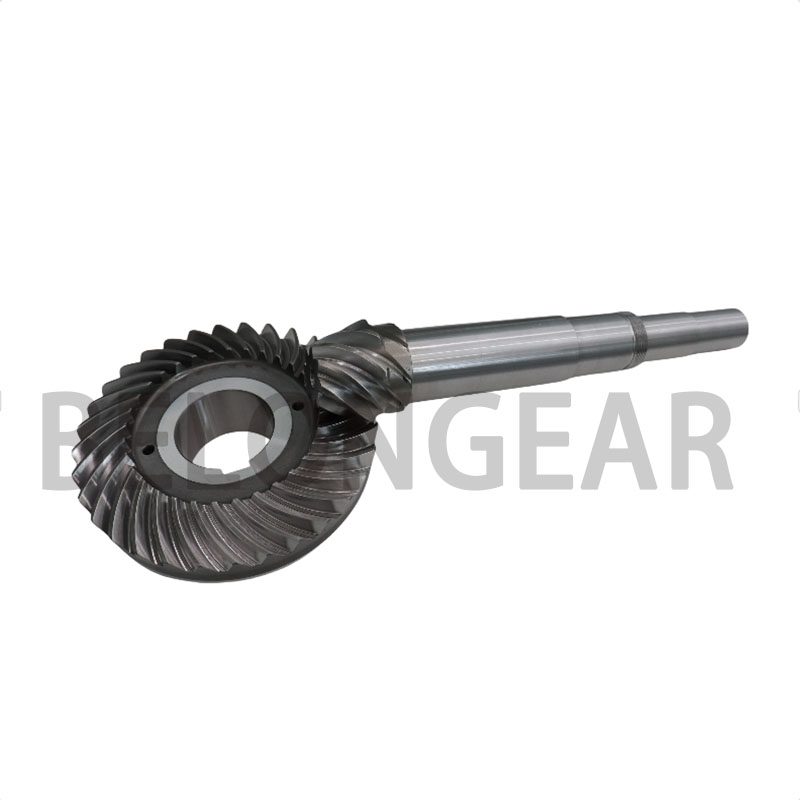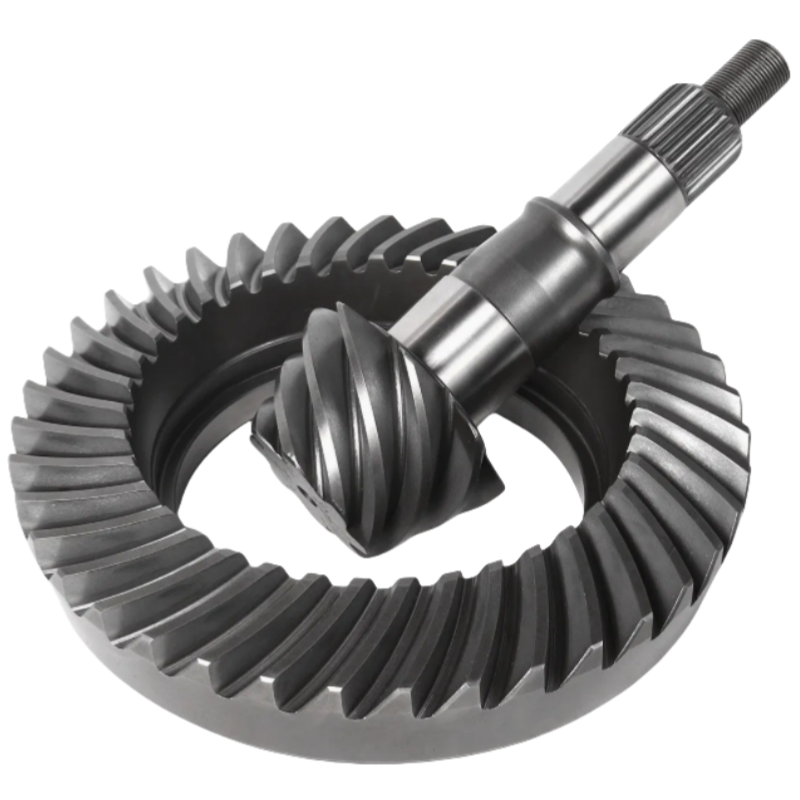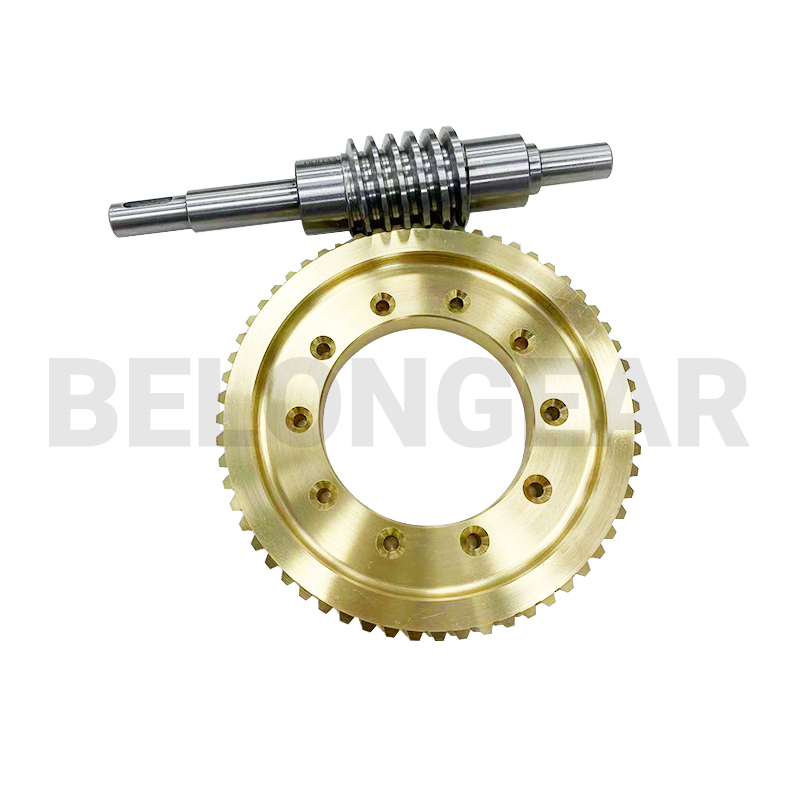Gears for Textile Machinery Precision Drives Behind Every Thread
In the fast paced world of textile manufacturing precision speed and reliability are non negotiable. From spinning and weaving to dyeing and finishing, each step in the textile production process depends on highly coordinated mechanical systems. At the core of these systems lie gears the silent drivers ensuring smooth, synchronized, and efficient motion.

Why Gears Matter in Textile Machines
Textile machinery operates under continuous loads, often at high speeds and for long durations. This demands gear systems that are not only durable, but also precisely engineered to deliver low noise, minimal vibration, and consistent performance.

Key functions of gears in textile machinery include:
-
Synchronizing multiple moving parts (e.g., rollers, spindles, cams)
-
Reducing or increasing speed in transmission systems
-
Managing torque for tasks like tensioning and feeding
-
Ensuring accurate timing, especially in weaving looms and knitting machines
Each of these functions requires a gear system designed with the specific application in mind where material, profile accuracy, and lubrication play critical roles.
Types of Gears Used in the Textile Industry
1. Spur gears used in straightforward transmission applications, offering high efficiency and easy maintenance.
2. Helical gears provide smoother and quieter operation, ideal for high speed textile machines.
3. Bevel gears often found in machines with perpendicular shafts, such as rotary printing presses.
4. Worm gears used in tensioning systems or where high gear reduction is needed within compact spaces.
5. Planetary gears Gearboxes compact and precise, used in servo driven systems
Powering Home Textile Machinery: Where Gears Drive Precision and Productivity
In today’s fast evolving textile industry, home textile machinery must deliver more than just speed it needs precision, durability, and energy efficiency. From bedsheets and curtains to towels, blankets, and upholstery, every product in the home textile sector depends on machinery that runs smoothly and reliably. At the heart of these machines? Gears quietly driving motion timing and productivity.
Why Gears Matter in Home Textile Production
Modern home textile equipment involves complex, synchronized mechanical systems. Gears are the backbone of motion transmission, ensuring that each component—from rollers and spindles to cutting heads and stitching units—moves in perfect harmony. They allow textile machinery to:
-
Maintain precise timing for intricate operations
-
Handle high loads with compact designs
-
Operate quietly and efficiently over long shifts
-
Deliver consistent quality across large production volumes
Let’s explore where and how gears play a role in specific home textile machines.
1. Weaving Looms (Bedsheets, Curtains, Upholstery)
-
Gears used: Bevel gears, spur gears, and helical gears
-
Gear functions: Synchronize shedding, picking, beat up, and fabric take up
-
Why it matters: Accurate timing ensures defect free woven fabric, even at high speeds
2. Knitting Machines (Towels, Mattress Covers, Blankets)
-
FGears used: Spur and helical gears
-
Gear functions: Drive needle beds, cam shafts, and take down rollers
-
Why it matters: Smooth, synchronized motion is essential for stitch formation and pattern consistency
3. Embroidery Machines (Pillowcases, Table Linens)
-
Gears used: Precision spur gears, planetary drives
-
Gear functions: Coordinate X Y frame movement and needle mechanisms
-
Why it matters: Enables complex embroidery designs with high repeatability
4. Quilting Machines (Comforters, Duvets)
-
Gears used: Spur gears and servo driven gearboxes
-
Gear functions: Power multi needle stitching heads and fabric clamps
-
Why it matters: Provides consistent stitch quality across large fabric surfaces
5. Warping Machines
-
Gears used: Spur gears
-
Gear functions: Manage roller speed, yarn tension, and beam winding
-
Why it matters: Prepares warp beams accurately, minimizing downtime and yarn breakage
6. Printing Machines (Curtains, Bedsheets)
-
Gears used: Helical and timing gears
-
Gear functions: Control print drum rotation and fabric feed
-
Why it matters: Maintains color registration and print alignment throughout production
7. Dyeing & Finishing Lines
-
Gears used: Worm and spur gears
-
Gear functions: Drive padders, rollers, and fabric tensioning systems
-
Why it matters: Ensures even dye/chemical application and consistent fabric quality
8. Nonwoven Fabric Machines
-
Gears used: Planetary gearboxes, worm gears
-
Gear functions: Control feed rollers, web forming units, and slitters
-
Why it matters: Allows compact, high torque operation in continuous processes
9. Cutting & Folding Machines
-
Gears used: Spur gears
-
Gear functions: Drive rotary blades, folder arms, and packaging conveyors
-
Why it matters: High speed synchronization ensures fast and accurate product handling
10. Sewing and Edge Hemming Machines
-
Gears used: Spur and bevel gears
-
Gear functions: Power needle drives and fabric feeders
-
Why it matters: Enables clean, uniform hems and edge finishes in final products
Belon Gear: Precision Where It Matters
At Belon Gear, we design and manufacture custom gear solutions for the textile industry’s most demanding applications. Our gears are engineered for:
-
Low backlash and high precision
-
Long service life in high load environments
-
Minimal vibration and acoustic noise
-
Compatibility with legacy and modern machinery
Challenges and Considerations
The textile environment often involves:
-
High humidity and lint exposure
-
Continuous 24/7 operation
-
Need for corrosion resistance and low maintenance components
This makes material selection—such as hardened steel, alloyed metals, or specialized coatings an essential factor in gear design. In addition, custom gears solutions gearing design are often required to retrofit legacy machines or improve energy efficiency in modern setups.
Belon Gear: Your Partner in Textile Motion
At Belon Gear, we understand the unique challenges of the textile industry. Our gear solutions are tailored for high performance textile machinery, combining advanced manufacturing processes with strict quality control. Whether you’re looking to reduce downtime, improve energy efficiency, or upgrade existing equipment, we offer the engineering support and precision gearing needed to keep your machines running at their best.
Let’s talk about how we can bring motion precision to your textile production line.
Whether you’re optimizing an embroidery line or retrofitting a weaving system, Belon Gear delivers the motion control you can trust.
Contact us today to discover how our gear systems can elevate your textile manufacturing.
Each gear type must meet tight tolerances and surface finish requirements to ensure reliability and product quality over long production cycles.
Post time: Jun-10-2025





